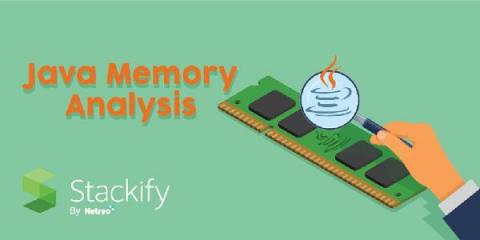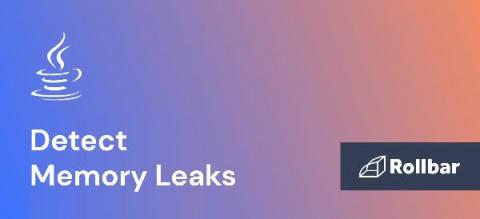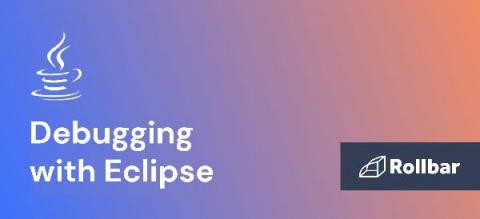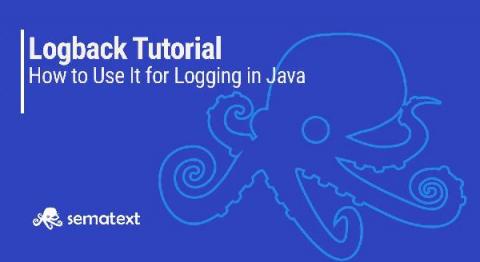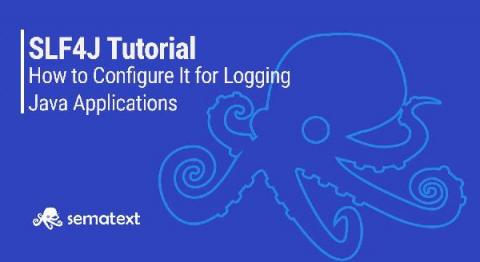What is Java Memory Analysis
Java memory analysis is an important process in checking the performance of a Java application. It helps Java developers ensure the stability of the application by checking the memory consumption. There are several factors to look into when doing memory analysis. But to get to the bottom of this process, it is vital to learn first how memory works.


